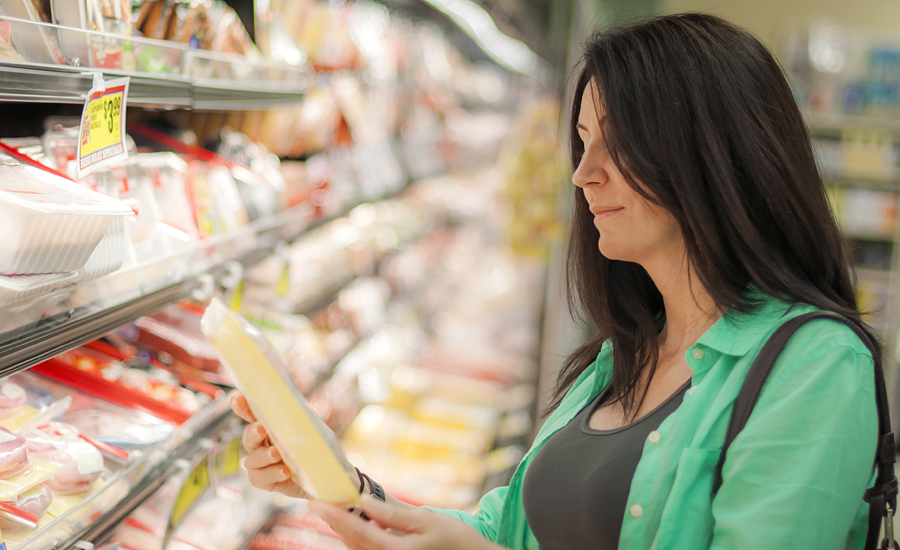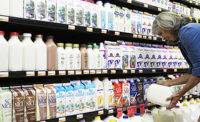Across the U.S. retail landscape, convenience stores are said to grow faster than all other offline channels over the next five years, according to a study released by Nielsen, Chicago, thus reflecting the hyper-focus consumers put on expediency. Convenience stores, however, are no longer just competing against other convenience store players. Channels are blurring and C-stores now compete with an array of players that include quick-serve restaurants, drugstores and smaller formats of grocery and mass that increasingly focus efforts on fresh and fresh prepared/grab-and-go offerings. Additionally, digital transformation and the consumer’s growing desire for frictionless retail continues to raise the bar for convenience retailers and their approach to technology adoption.
Here are seven important factors set to shape the future of the convenience industry:
Convenience stores become more automated and unmanned
In China and Korea, consumers are already experiencing a whole new level of frictionless payments thanks to RFID, scanner, biometrics and sound wave technologies. In the United States, Amazon Go announced plans to open nearly 3,000 cashier-less stores by 2021. U.S. retailers take note—technology investment and adoption will play a critical role in deciding which C-store retailers will be threatened toward extinction and which ones will thrive in the years ahead.
In the United States, expect upgraded technology to overhaul a number of things, including legacy systems.
Tech-enabled automation will fuel efforts toward customization. Look for examples in China, where automated in-store baristas allow consumers to order and pay through WeChat.
Tech-enabled delivery systems will continue to roll out. And, as connected cars become a reality, envision technology fueling the ability to order in-store items from the pump for delivery to your car.
Convenience store food service receives an image upgrade
Nielsen’s Convenience Store Choice Drivers shows that quality and variety of prepared foods are two of the top attributes that drive brand equity. With this in mind, C-store retailers are working to expand and optimize their menus, better cater to various dayparts and meet the needs for fast, fresh food. As the fight for “share of stomach” continues, a move toward upgrading the overall image of food service at convenience, as quality and selection of offerings continues to improve.
Increased focus and need for quality employee training for CBD and foodservice
Many factors are influencing and shifting the traditional role of in-store retail employees, including the emergence of technology, the rise of fresh foodservice offerings and the federal legalization and widespread availability of non-edible cannabidiol (CBD) products. Within the coming months and years ahead, there will be an increased need to focus on quality employee training, specifically within the CBD and fresh foodservice sectors to ensure product questions (for CBD products) are being answered with accuracy and to reinforce proper food safety protocols and standards.
Convenience stores are a prime target for private label disruption
The rise of private label within the United States has disrupted the traditional grocery retail landscape. Currently, only about 6% units sold in C-stores are private level vs. 16%-23% in other channels. Given the growth opportunity, C-stores are a prime target for UPC private label disruption.
Convenience retail will get creative with experiential retail
Retailers are increasingly relying on experiences to draw consumers into brick-and-mortar locations. Within the convenience store arena, experiences are growing ever more important—especially as C-store retailers fight to maintain and grow their share of stomach in an ever-crowded world of quick meal and snack options. Today’s retailers are adding seating areas and creating social gathering spaces. Within states where it is legal, C-stores are putting in video gaming terminals. Retailers are also offering unique specialty food and beverages from grind-to-cup coffeemakers. Additionally, the emergence of electric cars, and thus the rise of electric car charging stations, also reinforces this need. In order to compete with charging stations at malls and big box retailers, convenience locations will need to provide consumers with an incentive to charge there.
Personalization and customization are the future of convenience
As the value of a convenience shopping experience continues to grow in importance, convenience as a channel must play into its true strengths. To be the retail channel that best services the needs of on-the-go consumers, it must connect to consumers on a personal level. C-store retailers able to get the right product to consumers at the right time will win. This means anticipating consumer needs and understanding and catering to daypart needs at even a deeper level. Additionally, C-store loyalty plans will mature past implementation of simple reward programs. Advanced programs will emerge, appealing to the emotional side of the consumer through enjoyable experiences. In the future, transactional incentives like assortment and price will no longer be enough to maintain consumer attention and loyalty.
Convenience players will reimagine grab-and-go packaging to be more sustainable
Today’s convenience culture feeds into an on-the-go lifestyle, servicing consumers with neatly packaged offerings to literally grab-and-go. However, U.S. consumers are beginning to adopt a zero-waste mindset. In the coming year(s), C-stores will need to address issues linked to waste management, the anti-plastic movement and the rising consumer backlash toward single-use packaging. Retailers ahead of the game will be looking to show consumers they are doing their part to close the sustainability loop and not contributing to the growing packaging problem.

